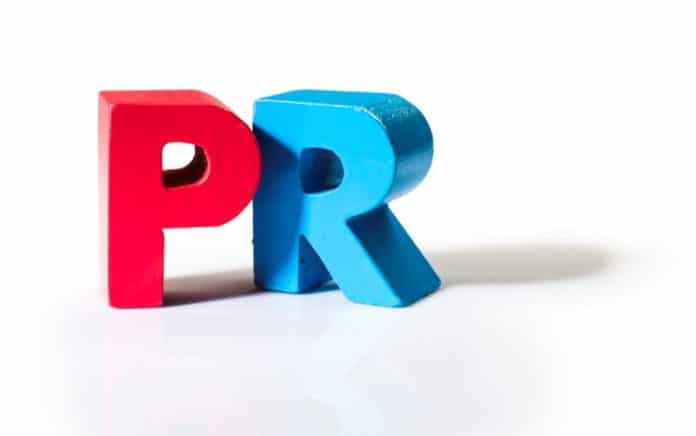By Camilla Holroyd, JournoLink
 Promotion is crucial for any SME to develop their brand and find new customers. However, many SME owners often turn to paid advertising to get their name out there rather than applying their efforts to PR.
Promotion is crucial for any SME to develop their brand and find new customers. However, many SME owners often turn to paid advertising to get their name out there rather than applying their efforts to PR.
This may be because advertising is more ‘well-known’, everyone understands the concept of an advert and its purpose. In contrast, many people don’t understand what is meant by PR or public relations or, if they do, they wouldn’t necessarily know the benefits. Therefore, many SME owners use paid advertising out of ease, compared with going down, what is believed to be, the complicated route of PR.
However, at JournoLink we believe PR is the better option for SME owners. Compared with advertisements, PR or media coverage can give your brand more credibility, help you build relationships and is often more cost effective. But first, ‘What is PR?’
The Chartered Institute of Public Relations says, ‘Public Relations is about reputation – the result of what you do, what you say and what others say about you.’
It gives you the ability to share your brand messages with the media, customers and stakeholders, creating brand awareness and raising your business profile.
PR vs Advertising: Credibility
A study by Nielsen highlighted that 84% of people believe recommendations from a trusted and well-known person are the most credible forms of promotion. Put in simple terms a piece of coverage by a journalist or influencer, a trusted and well-known person to their readers, is a credible recommendation.
It is important to remember that it is not the journalists job to cover your business. Their job is to find interesting and newsworthy stories to share with their readers. Therefore, your story has to be deemed as worthy enough to be covered as they take care with their work, gaining trust from their readers. Although this may make it harder for your story to be covered, it actually adds value and credibility to the coverage you achieve.
In comparison, an advertisement is not a recommendation as it comes directly from the business trying to promote their product or service. It doesn’t have to go through a third party for it to be deemed as newsworthy enough to be shared, meaning it lacks this added credibility.
Furthermore, an advertisement can say whatever the SME owner wants it to say, however this doesn’t necessarily mean what it says it true, whereas a journalist or influencer would only want to use true facts with evidence to back up those claims.
PR vs Advertising: Relationships
Public relations can help you build relationships with your customers, stakeholders and the media. A study by the Content Marketing Institute showed that 70% of consumers prefer getting to know a company via articles rather than ads, as through PR you have the ability to share much more about yourself and your business.
A feature or interview allows you to delve into your background, how you started your business, the challenges you’ve faced and how you’ve overcome them. This helps your customers feel more connected to your brand as they can relate to you on a personal level.
In comparison, an advertisement limits you to a few words which need to be short and snappy in order to catch attention. However, in these few words you’ll struggle to really give the reader any in depth information about you and your business, meaning they don’t find out anything about the person behind the brand and don’t have the opportunity to connect with you as a business owner.
Our brand ambassador Tetteh Kofi often says, ‘people buy people’, something which is easy to achieve with PR however many SMEs will struggle with this when using advertisements.
PR vs Advertising: Cost Effective
A piece of coverage is said to be worth three times the value of an advert, however you’ll end up paying much more to place an advertisement than you will to gain coverage. In fact, most PR can be done for free: pitching via email, using social media sites such as Twitter and responding to #journorequest’s, or you can use affordable online tools to send press releases such as JournoLink and give your PR a boost.
As a result, PR is often more in line with an SME’s budget compared to advertising rates which can range from a few hundred to hundreds of thousands of pounds depending on the publication and type of advert you choose.
Furthermore, you often see a higher return from a piece of coverage compared to an advert. A study from Ragan illustrated that 86% of people skip TV advertisements, highlighting the fact the society today is programmed to ignore advertisements as we’re flooded with so many, as well as people losing interest in the traditional advertising tactics.
These three key points emphasise why PR is better than advertising for SME owners, from giving your brand more credibility and making it more personal to fitting within an SMEs budget. It shows why business owners should turn their attention, and wallets, to public relations.


